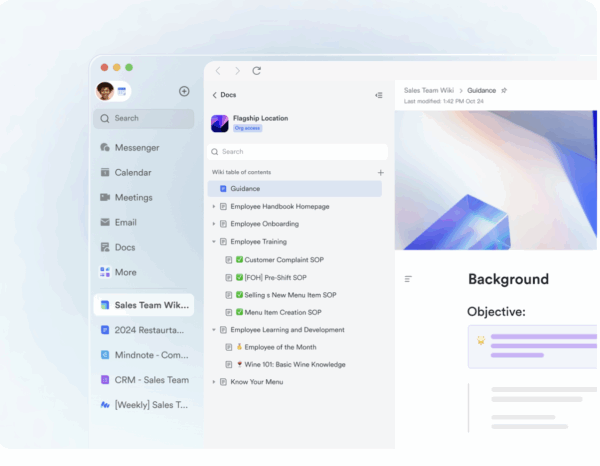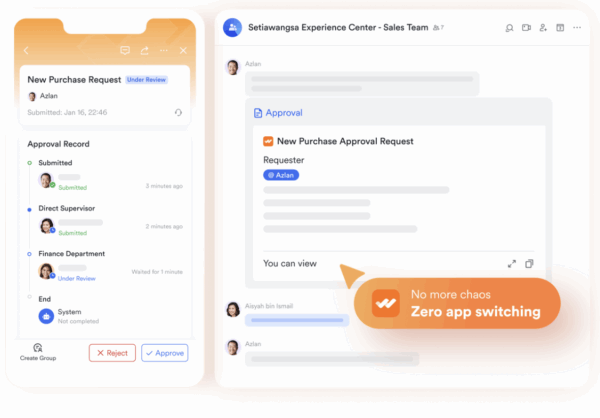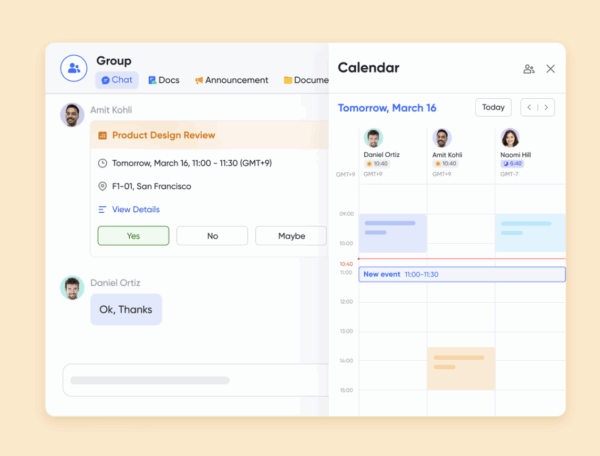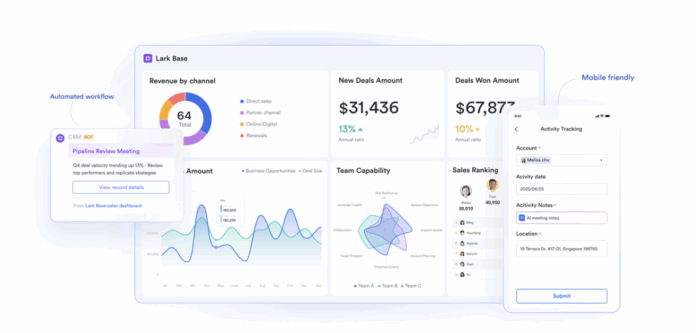Not promises, but consistency is what builds great connections with clients. Clients expect to know what’s going on, get regular updates, and have tasks done exactly as promised. But many companies utilize a mix of tools that do the opposite: updates that are spread out, missed communications, and work that is done twice. It makes people angry and makes them lose trust.
The project management tools change the game these days. By placing communication, paperwork, and responsibility all in one place, they help businesses serve consumers swiftly and reliably. Platforms like Lark revolutionize how we talk to individuals outside of work and make sure that every promise is kept.
Lark Base: Structuring relationships with clarity
You can’t just keep track of clients with notes in spreadsheets. It’s possible that you won’t be able to see what’s going on because deals, service requests, and project milestones are usually kept in different systems. Lark Base is the main site where systematic management of client partnerships happens.
Taking the sales department as an example: With automations, views, dashboard, and fields, Lark can help build a CRM app to keep track of their interactions, sync information and status, and further the sales processes with notifications. When a client signs a new contract, operations may see the new timetable right away, and marketing may alter the resources for the campaign. This prevents any confusion that could develop when separate teams use different systems.
This shows that the client can trust us. They have a partner who knows their past, understands what they desire, and can spot difficulties coming before they happen. Clients value straightforward and consistent interactions the most, and Base ensures sure that happens.
Lark Mail: Keeping external communication connected
Email is still the best way to interact with clients, but when inboxes aren’t linked to project systems, changes don’t get saved. A client’s authorization could be in one inbox while the delivery team waits for a response. Lark Mail fills this gap by linking email directly to business processes.
You can add an email from a client that says they agree to a proposal to a Base record or make it a Task to check in later. Attachments like contracts, design files, or invoices stay connected to the things they are related to, so they can’t be lost or copied. Mail ensures that contact with clients gets the right to execution instead of teams copying and pasting information into trackers.
This means that the client will get a rapid answer. They don’t notice delays due to problems with how things are set up inside; they perceive things becoming better. Mail brings in information from outside the firm on a regular basis, which helps clients trust the business.
Lark Docs: Collaborating transparently with clients

Partnerships flourish when people work together, but occasionally paperwork gets in the way. There are a lot of different versions floating around, feedback gets lost, and clients don’t feel like they’re part of the process. This approach is easy and transparent with Lark Docs.
Teams can work on proposals, reports, or plans with customers at the same time, so there is no question about which version is which. People may give feedback straight away, and everyone can view updates. When a client asks for a change, the team doesn’t send a new draft days later. The paper, on the other hand, changes right away.
Because of this transparency, clients can be sure that their input will not only be heard but also acted on immediately away. Docs turns cooperation from a back-and-forth conversation into a product that everyone works on together, which makes people feel more like partners.
Lark Approval: Streamlining client-facing decisions

Getting clients to say yes is one of the hardest elements of working with them. It might take longer and make both parties furious when you have to wait for someone to sign off on a budget, design, or contract. Lark Approval makes this easier by making the process of making decisions transparent and easy to follow.
Clients may check the status of their requests at any moment in a structured manner, so they don’t have to go through long email threads to locate approvals. Approval makes it possible for an automated workflow to work, which speeds things up by sending reminders and escalating issues on their own. For example, if a design needs to be approved, the request gets relevant people to the customer, and the team is alerted right away when it is.
This builds confidence. Clients see a partner that moves quickly while still maintaining rigor. Approvals no longer create bottlenecks—they reinforce trust through consistency and speed.
Lark Calendar: Aligning commitments across teams and clients

When working with clients, timing is frequently the most crucial thing. Not meeting deadlines makes people less likely to trust you, and terrible scheduling makes everyone stressed. Lark Calendar fixes this by placing scheduling right into workflows that everyone on the team can view.
When you set a project milestone in Base, it shows up in Calendar right away. There are planned review sessions with connected documents to help folks get ready and make sure the talks are helpful. Clients get accurate timelines, while internal teams keep on the same page by getting reminders and being able to see each other’s work.
This makes partnerships stronger because they know they can rely on it. Clients don’t have to ask for updates because they can see that work is getting done on schedule. Calendar turns deadlines into promises that the business can keep.
Lark Meetings: Turning client conversations into outcomes

Meeting with clients can either help or hurt your connection. Clients feel like they weren’t heard when conversations don’t lead to action and the same problems come back again. Lark Meetings makes sure that conversations lead to genuine changes.
Teams may start calls immediately from Meetings, share Docs while they talk, and send out Tasks right away. If a client asks for changes, the responsibilities are written down immediately away and linked to Base so they can be tracked. Recordings and transcripts make sure that everything is written down, so nothing is overlooked.
Clients work with a partner who pays attention, takes action, and gets things done. Meetings turn into moments when work is done instead of just talking. This kind of responsiveness fosters trust and turns the relationship with the client into a real partnership.
Conclusion
Clients don’t care how much work goes into a project; they care about the end result. Tools that are scattered out make things unclear and slow things down, but systems that are all together make things clear and generate trust. Businesses can be open, fast, and reliable while providing clients with platforms like Lark.
Base helps people keep track of their relationships, Mail keeps people in touch, Docs make it apparent how to work together, Approval speeds up decision-making, Calendar makes commitments stronger, and Meetings make sure that conversations lead to outcomes. These traits work together to give you an edge over your competitors when it comes to client partnerships.
If a business wants to stand out, the answer is clear: use connected digital technology to revolutionize how relationships function. Customers won’t just see a supplier; they’ll see a partner that wants them to achieve well.


